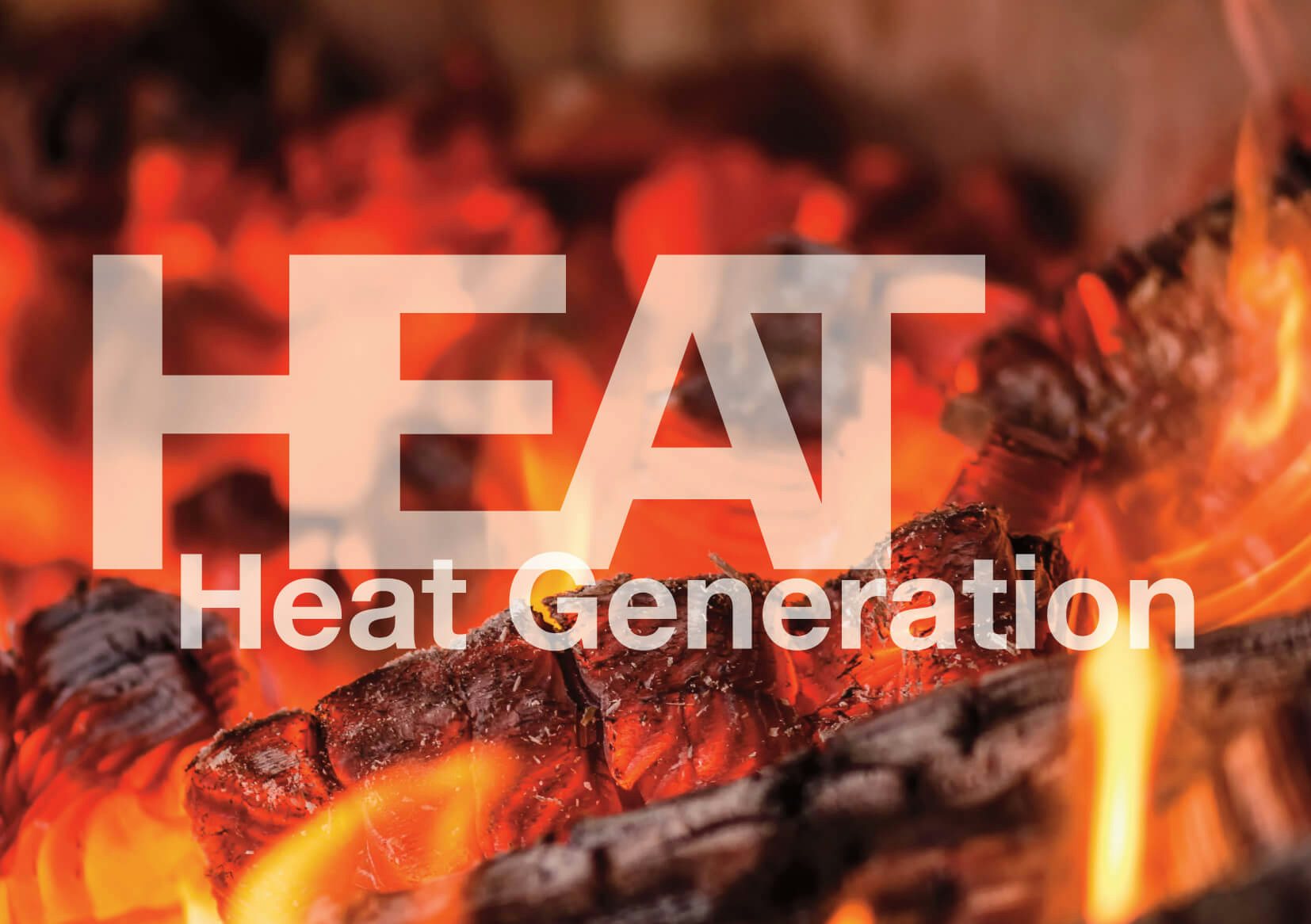Heat Generation to Further Reduce Emissions
Thousands of years ago, when early humans felt cold they would burn wood to warm themselves, the heat creation process was a ground breaking discovery back then. Today it is not always self-evident with the race to be the most effective while spending less, when less is anything but simple. Now it seems it has come full circle – as scientists rediscovered wood as a viable fuel source.
Burning wood, woodchips and other biomass were already considered the greener alternative to fossil fuels, but it seems scientists have once again found a way to outdate the method. Lead by Leire Caizán Juanarena, the team of experts published their discoveries in ACS Sustainable Chemistry & Engineering Journal this month.
The more sustainable way comes from very natural resources, and involves zero burning. The secret is fungi. Instead of allowing for emissions of volatile organic compounds, the process would add microorganisms that do not diffuse any particles. The fungi in question would degrade the wood chips, creating heat as a byproduct.
Although experiments with fungi have been done before, it is only now that these have been met with success. The trick lies in the temperature that the trials are conducted in. Until very recently, the trials took place at room temperature, but the breakthrough suggests the conditions should be above the ambient.
The discovery is still in its infancy, however and for now the highest rate of heat production achieved via this method is 0.63W/kg. To be able to use this in practise the amount should be tenfold, but it should only be a matter of time until it is reached. The scientists say they are to determine the correct nutrients and moisture level and a more precise temperature before the required 6W/kg is a reality, but it is an exciting prospect. Dashboard wishes the team the very best, and will keenly monitor any developments.
